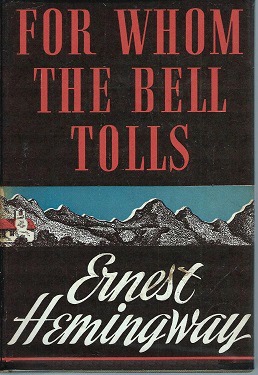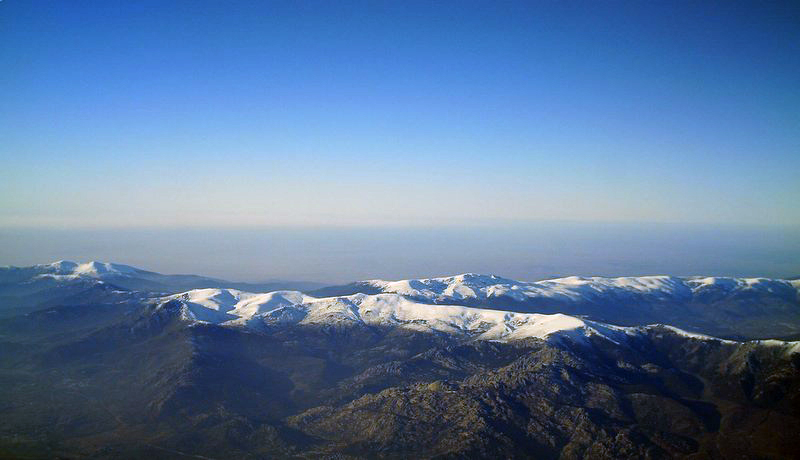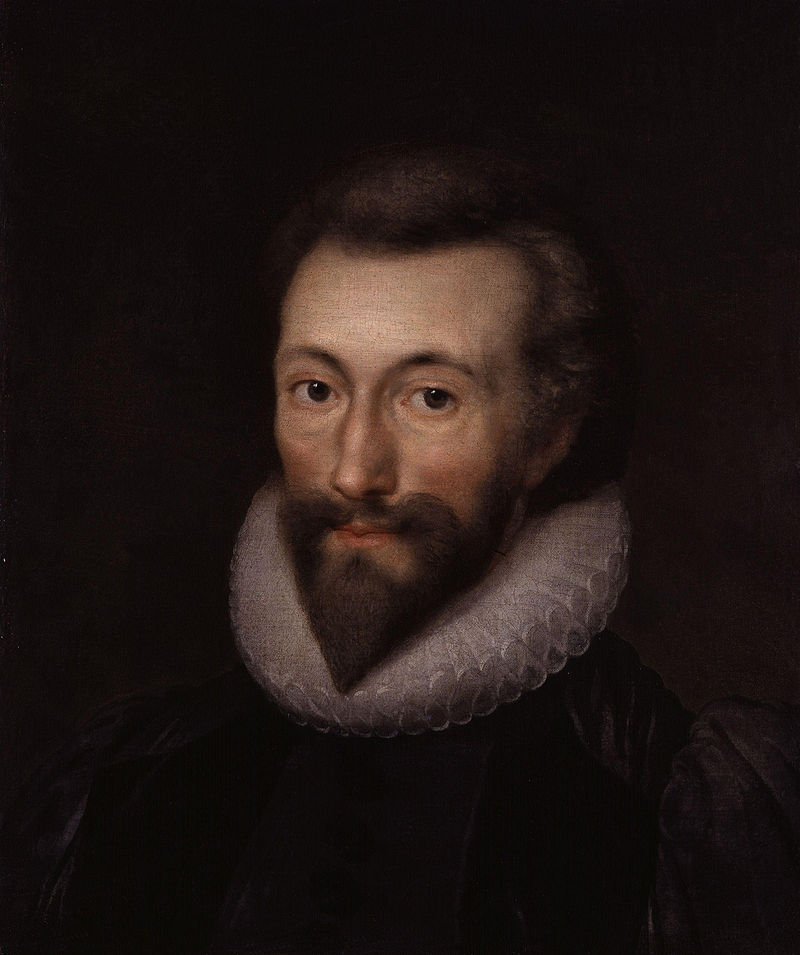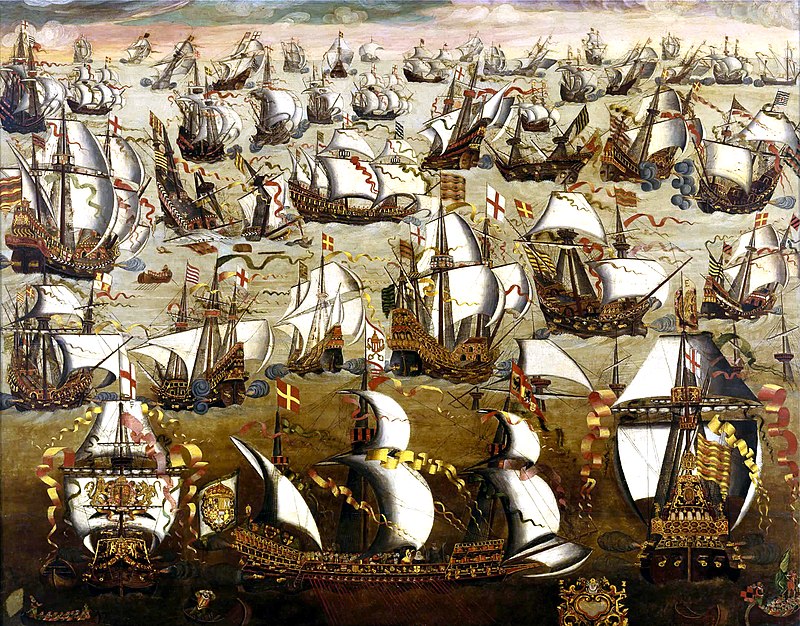
Ernest Hemingway’s (1899-1961) novel about the Spanish Civil War (1936-9), For Whom the Bell Tolls (1940), takes its title from a meditation by a former Dean of St. Paul’s Cathedral, London, John Donne (1572-1631; Meditation XVII of Devotions upon Emergent Occasions). The poem ends with the poignant lines (mod. transl.): ‘And therefore never send to know for whom/ the bell tolls; it tolls for thee.’ Hemingway is motivated by more than language and a literary allusion, by more than making a buck or scoring a point. His focus is human morality; and there is lasting depth and incisiveness in what has become one of his most popular works. His novel resonated with European and American readers prior to the US joining the war (December 1941), selling more than half a million copies in a few months. It still speaks.

Like Donne’s poem, For Whom the Bell Tolls is a study in loyalty and our shared humanity. Based on Hemingway’s own experience as a war correspondent for the North American Newspaper Alliance, the novel is set in three nights on the Sierra de Guadarrama mountains (NW of Madrid). It relates the exploits of Robert Jordan, a young American university teacher and dynamitist, who joins tens of thousands from outside Spain in defence of the Second Spanish Republic (1931-9). The main characters – including Anselmo, an elderly guide who leads Jordan to a guerrilla camp; Pablo, a vacillating guerrilla leader; and, Pilar, his courageous, elderly wife who replaces her husband as the group’s leader – are part real, part fictional. The sacrificial love Jordan discovers for the cause and for Maria, a fellow guerrilla traumatised by rape and her parents’ murder, shines amid the bleak brutality of a (seemingly) futile assignment (from a Russian officer, Karkov) to detonate a strategic bridge near Segovia. The novel ends with Anselmo dead, Maria, Pilar and Pablo escaping, and a maimed Jordan awaiting his fate at the hands of an advancing enemy. The novel’s tension, romance and political energy still capture the minds and hearts of many.

The Second Spanish Civil War (1936-9), which artist Pablo Picasso (1881-1973) famously portrayed – and indicted – in his black and white study of the brutal bombing of the Basque town Guernica (1937), was made up of numerous guerrilla attacks of the kind Hemingway recounts. ‘Republican’ militia looked to the Prime Minister Francisco Largo Caballero (1869-1946) and, later, Juan Negrína (1892-1956) in their fight against a composite force of right-leaning, fascist and ‘Nationalist’ factions under General Francisco Franco [Bahamonde] (1892-1975). Many of these groups, like the Bando nacional (‘Nationalist faction’) and Bando sublevado (‘Rebel faction’), drew ideological inspiration and military support from Italy’s dictator Benito Mussolini (1883-1945) and the leader of the German Nationalist Socialist Workers (or Nazi) party, Adolf Hitler (1889-1945). Like a gifted analyst or advertising executive, Hemingway extrapolates a general point from a specific example. His story is a symbol of the individual finding himself or herself in and through collective consciousness and shared activity. This is also Donne’s theme. Both authors address a ‘Classic’ human issue with abiding moral relevance: To what, or to whom, are we really committed?
Donne’s Meditation XVII begins with another famous phrase, ‘No man is an island entire of itself’; words which have acquired their own proverbial, literary reputation. Written in 1623, in the style of other so-called ‘metaphysical’ poems, the meditation is an evocative memento mori (recollection of death) prompted by Donne’s illness at the time. The tolling bell would have been all-too familiar in plague-ridden Jacobean London: the ‘Great Fire’ of 1660, that cleansed as much as burned, lay decades ahead. The image of an ‘island’ Donne also employs has always been prominent in British minds; not least, since Spain’s Armada threatened invasion when Donne was sixteen (1588). The thrust of Donne’s poem is clear; namely, not to allow a natural fear of one’s own death to deaden our sensitivity to the cry of corporate, co-suffering, humanity. Lives are united in life and in death, he is saying. We belong to one another (a theme, incidentally, fiercely reinforced in the 1942 film, No Man is an Island, about a US soldier who evaded capture when Japan took Guam in 1941). Here is the first paragraph of Donne’s poetic meditation:

No man is an island entire of itself; every man
is a piece of the continent, a part of the main;
if a clod be washed away by the sea, Europe
is the less, as well as if a promontory were, as
well as any manner of thy friends or of thine
own were; any man’s death diminishes me,
because I am involved in mankind.
And therefore never send to know for whom
the bell tolls; it tolls for thee.
Donne’s vision of an interconnected life still has much to say to us: just as Hemingway’s novel does to a world crippled as much by ‘self’ and self-interested nationalism/s as it is by the unnaturally unitive power of COVID-19 and the invasiveness of the world wide web.
For all their similarity in sentiment and tone, clear contrasts exist between Hemingway and Donne. Donne writes as a Christian, Hemingway more as a Buddhistic humanist (although recent studies have revealed strong Roman Catholic sensibilities). Donne uses (another’s) death to prompt reflection on (my) death: Hemingway celebrates heroic deaths to inspire heroic lives. To Hemingway, ‘any man’s death’ does not necessarily ‘diminish me’: rather, it can challenge and inspire me. To Donne, life’s interconnectedness is a God-inspired gift: to Hemingway, our duty to corporate humanity is born of politics, ideology and romantic love. Similar answers are not always based on the same questions. Responses reflect different priorities. Getting to grips with (our or my) ‘reality’ and motivation matters. This is important; indeed, it may be the most important issue the world faces in the future.
But let me explain.
If I had to synthesize three insights for today from Donne’s meditation and Hemingway’s novel it would be these. First, we are less than human when we forget our shared humanity. As Donne puts it – and Hemingway would agree – I am ‘a part of the main’ and ‘involved in mankind’. There is nothing particularly new in this attractive moral imperative. However, modern ‘identity politics’ effectively rejects this most basic, humanitarian principle (which most faith traditions and moral systems uphold). For, when I make my person, or my tribe, the controlling mechanism for my morality and human consciousness, I effectively deny or devalue others. Corporate humanity may have tragically mocked and marginalized certain types of people in the past, but that fault is not corrected by ‘diminishing’ everyone else so I may shine. The grief Donne feels at his disregard for another’s ‘death’ is impressively moral and deeply counter-cultural. Too few Hemingways fight for a truly just, global cause today.

Second, nationalism and patriotism are anterior to anthropology; or, to put it another way, there is a bigger view of (our global, universal, shared) humanity to which (a local, national and parochial) ‘self’ is accountable. Geopolitical tension and competitive economics have for decades been fueling the fires of national self-interest and regressive protectionism. It is not only Britain on the brink of Brexit that needs to be reminded ‘every man/ is a piece of the continent, a part of the main’ so that ‘if a clod be washed away by the sea, Europe/ is the less …’: Donne’s words speak truth into every place where geographic, social, ethnic and economic rivalries have set neighbour v. neighbour. We are all, to use Donne’s telling term, ‘diminished’ by the ‘death’ of another. And ‘the bell tolls’ at our moral death when we allow myopic nationalism and distorting patriotism to corrode our common humanity.

Third, and arguably most importantly, a culture of corporate identity is not the same as a sense of corporate humanity. People have been, and are, viewed differently by culture/s, religion/s, science, medicine, psychology, sociology, political theory, corporations, business, media pundits and manipulative advertisers. There is no one view of a ‘person’ out there. We make a choice about how we see someone else. Donne and Hemingway challenge us to take a long, deep look not only at ourselves but at how we view others. Many cultures and political ideologies have a developed sense, or theory, of ‘corporate identity’; that is, that humans exist – or should be taught to see themselves – as more a ‘we’ than a ‘me’. ‘Tribe’ is not always a bad thing. There is sound truth for self-centered, subjective Western cultures especially, to find in a sense of ‘tribal identity’. However, as the difference between Donne and Hemingway illustrates, the same conclusions may not derive from the same questions. There are forms of ideological corporatism – notably, Marxist-Leninist and Maoist ideology – that consciously (and violently) dehumanize individuals, so they become ‘units of labour’ or dispensable ‘tools of war’. Appeals to ‘human rights’ may have become at times shrill and egotistical, yes, but they keep alive the question of the nature of ‘humanity’ and the debt of love and respect we owe one another. States built on any other ideology should be feared and confronted. Time will tell if there are Jordans, Donnes and Hemingways out there to fight them.
Christopher Hancock, Director
